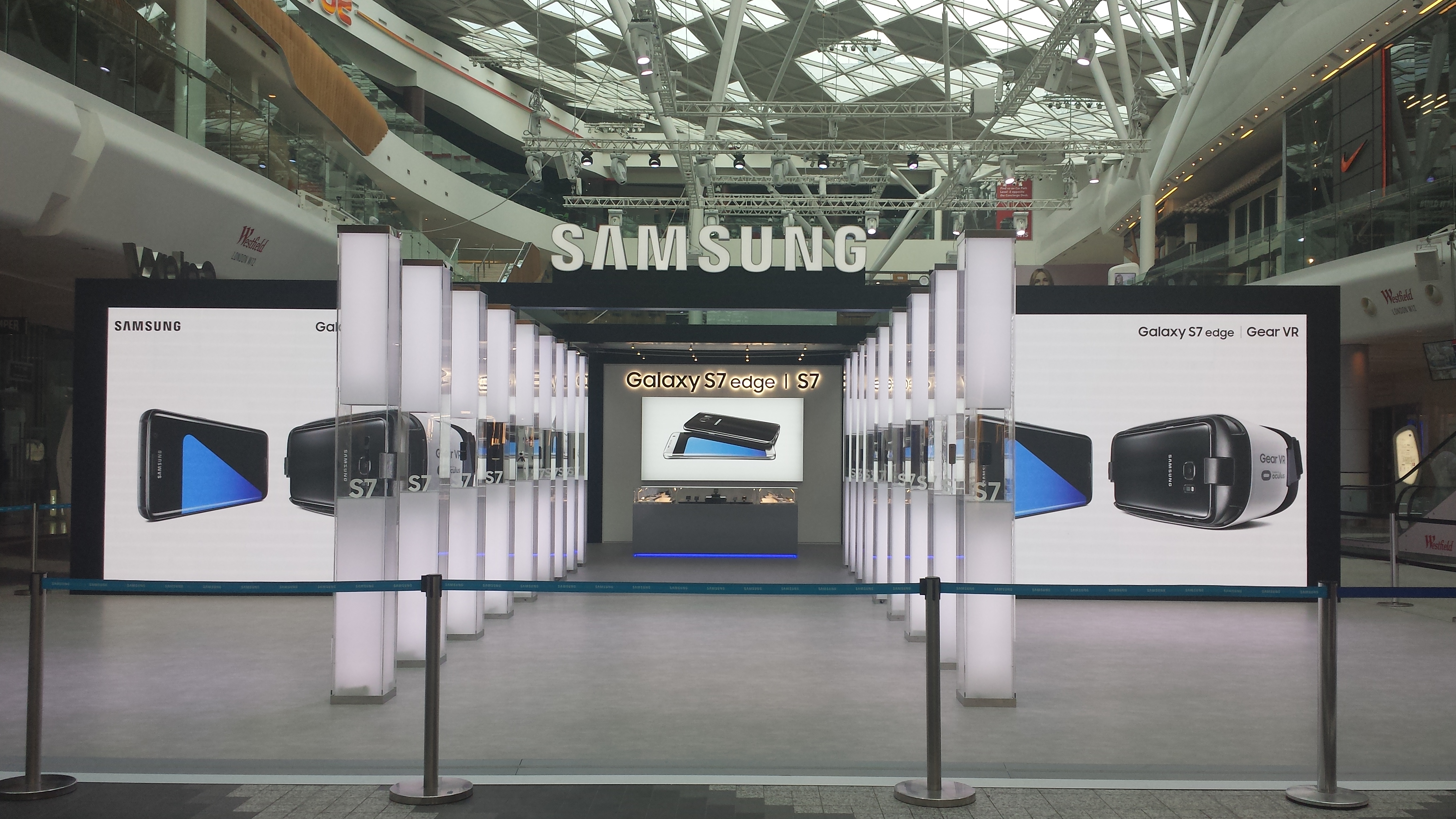
Samsung has made much of the enterprise capabilities of its new Samsung S7 devices, but looking too closely at the product belies the broader transformation that the company has undergone in its mission to become a serious B2B player.
The South Korean electronics company plans to treble revenues in its enterprise division this year: an ambitious target, as Samsung’s UK and Ireland business head admits to CBR.
"We believe that with the technology that we have and the shares that we currently have in the market, these are realistic aspirations," says Graham Long, VP of Enterprise Business in the region. "If we achieve the objectives we’ve set ourselves we will take a good market share position."
He is keen to emphasise that the electronics maker is still a consumer company, but argues that the enterprise experience of technology has fallen behind the consumer one. This is why Long hopes that products such as the S7 will "bridge the gap" between enterprise and consumer, which he says is blurring anyway.
The products are, of course, the centre-piece of Samsung’s business strategy. The new flagships, the S7 and S7 Edge, were released on 11 March and apparently enjoyed record pre-orders. Key features include the enhanced battery life, which Long says was a response to what Samsung’s customers were looking for.
The battery life and the water-resistance are "about doing the basics, but doing them incredibly well," he says.
Android has never had the best reputation for security, which is why the S7 also features Android for Work hardened by Samsung KNOX.
However, while the S7 is the flagship, this is not about one single product, says Long, but about the strength of the portfolio taken as a whole.
This is why Samsung doesn’t feel like it is in direct competition with Apple; Samsung is also competing across markets such as printers.
"The key thing for us around the enterprise market is that we have a number of very good competitors," he says to CBR. "There are lots of great companies out there. We believe we have that breadth of portfolio: we don’t just play in flagship devices.
"We have a complete portfolio that allows a company to deploy Samsung technology across the whole company rather than just at a senior exec level."
A big part of Samsung’s enterprise focus is going to be about marketing, rather than the products themselves.
"The critical thing is to ensure we get our message across in the most successful way," Long tells CBR.
"We are re-emphasising our commitment to the B2B market. We need to tell the story very effectively to B2B customers about what Samsung is about, what our technology is and how to utilise it."
The company has overhauled its marketing and sales teams with new hires Susan Homewood, Sally Wright and Phil Lander, from EE, Vodafone and Microsoft respectively.
However, perhaps most importantly, Samsung’s strategy means taking on more of a curating role, helping businesses understand what products they need and the specifc applications of them within the business.
Samsung introduced the Samsung Enterprise Device Programme in February. This includes a two-year device purchase programme, which will allow enterprise customers to purchase the same device model up to two years from its market availability. It aims to simplify how customers manage device lifecycles.
Samsung is also investing in the Samsung Team of Empowered Partners (STEP), which provides partners with tools to sell the portfolio.
Long said in a speech at a Samsung event that the company would be having "conversations" with customers, taking on more of a role in demonstrating to them how the company’s technology can help them rather than simply selling products.
For example, travel company Thomas Cook is using Samsung’s virtual reality technology to sell to its customers. A demo using the Galaxy S7 and the Gear headset allows prospective holiday-makers to take a virtual tour around a potential destination.
Samsung is also working with major train companies in the UK to innovate around ticketing options and on-platform and on-train advertising.
In essence this is no longer just about a new product that can be sold to enterprises but about transforming the company itself to be able to better sell the products in the first place.


